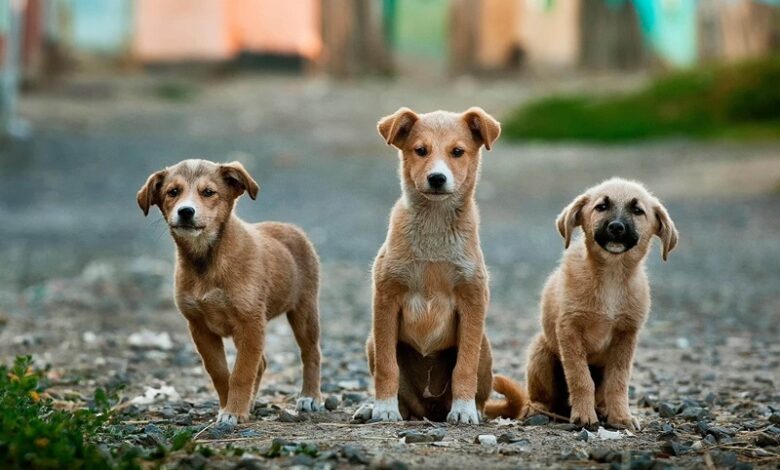Stray Animals: Pets Without a Home
News Mania Desk / Piyal Chatterjee / 11th June 2025

The World Health Organization (WHO) estimates that there are almost 200 million abandoned dogs globally, with an even larger population of feral cats. These creatures are a common sight on the streets across various nations. But what precisely is a stray creature? Do all the dogs and cats wandering the streets qualify as strays, and why is it important to offer them assistance?
A former stray animal may not always remain one, and the opposite is true as well. To comprehend the various movements a dog or cat can undertake throughout its life, we should explore the concept of population dynamics: from birth to reproduction to death, and how these animals may shift from one sub-population to another during their lifetime.
A female dog that is owned can give birth to multiple puppies, yet each may experience very different lives. A person may dedicate their entire life to being a cherished family pet, while another could start as a pet and later be surrendered to a shelter when deemed unwanted. Some may be abandoned on the streets or become lost, turning into strays. Not every free-roaming (wandering unsupervised in the streets) dog or cat qualifies as a ‘stray’.
‘True’ stray dogs and cats have been left behind by their owners or were born on the streets and lack caregivers. These animals are frequently seen roaming their habitat in urban and rural regions, searching for food and shelter.
Community-owned dogs and cats are typically cared for by community members but wander freely without specific owners. While they are generally accepted as part of the community, not everyone tolerates or likes them. Sadly, when these animals become sick or injured, they lack access to the necessary medical care due to limited resources in many communities.
Sterilisation programmes are vital for community animals (and free-roaming pets) as they interact with stray populations and contribute to the overpopulation of unwanted animals. Understanding and addressing the complex connection between community animals and strays is crucial in any population management programme.
Stray dogs and cats suffer from inadequate care, enduring harsh lives with untreated illnesses and abuse. They pose risks, carrying diseases and causing property damage, while potentially being aggressive. FOUR PAWS aims to compassionately care for these animals and address the root causes of abandonment to reduce future stray populations.






